Archive
2021
KubaParis
Exit II (The Beloved Dies)
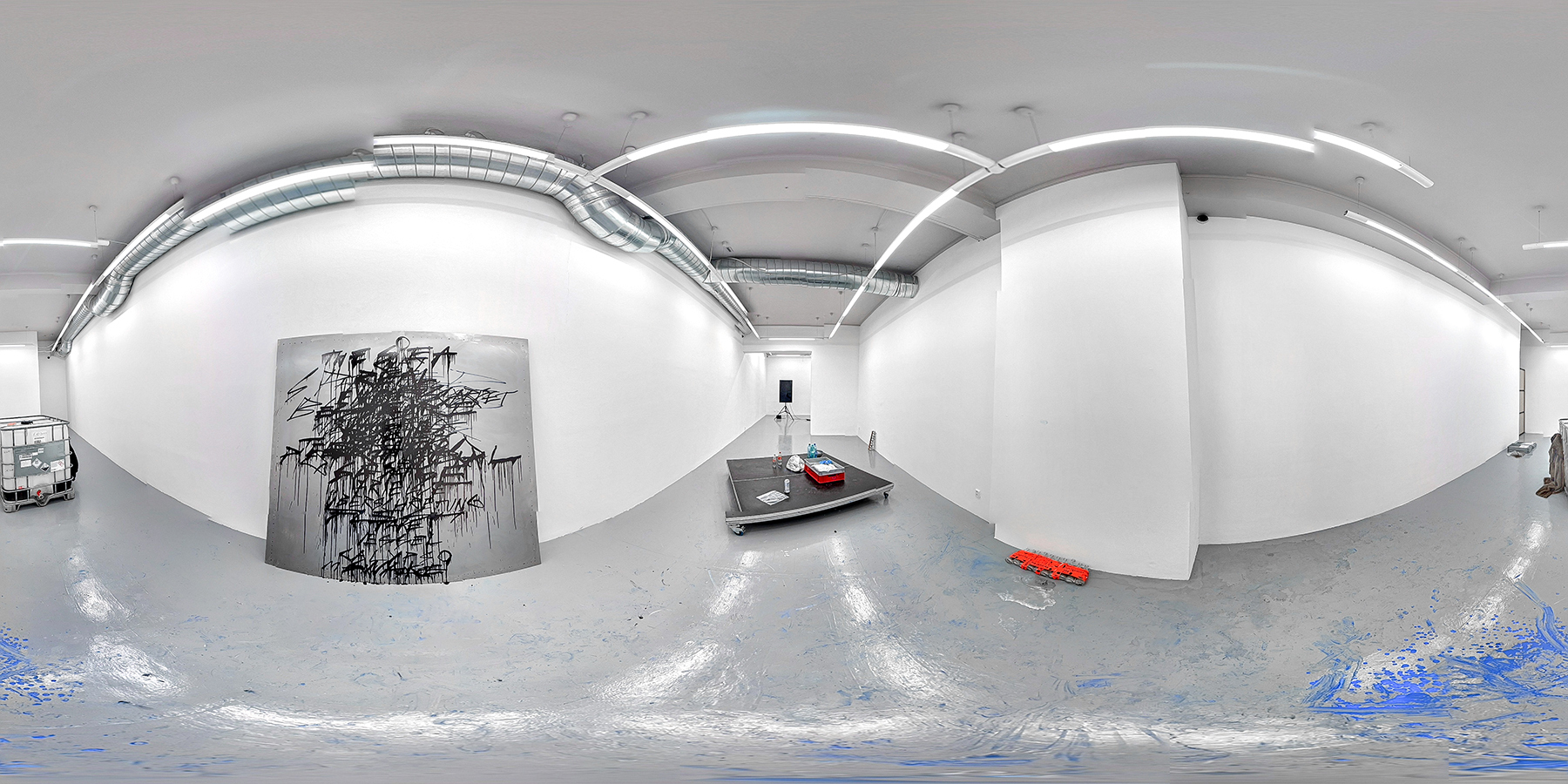
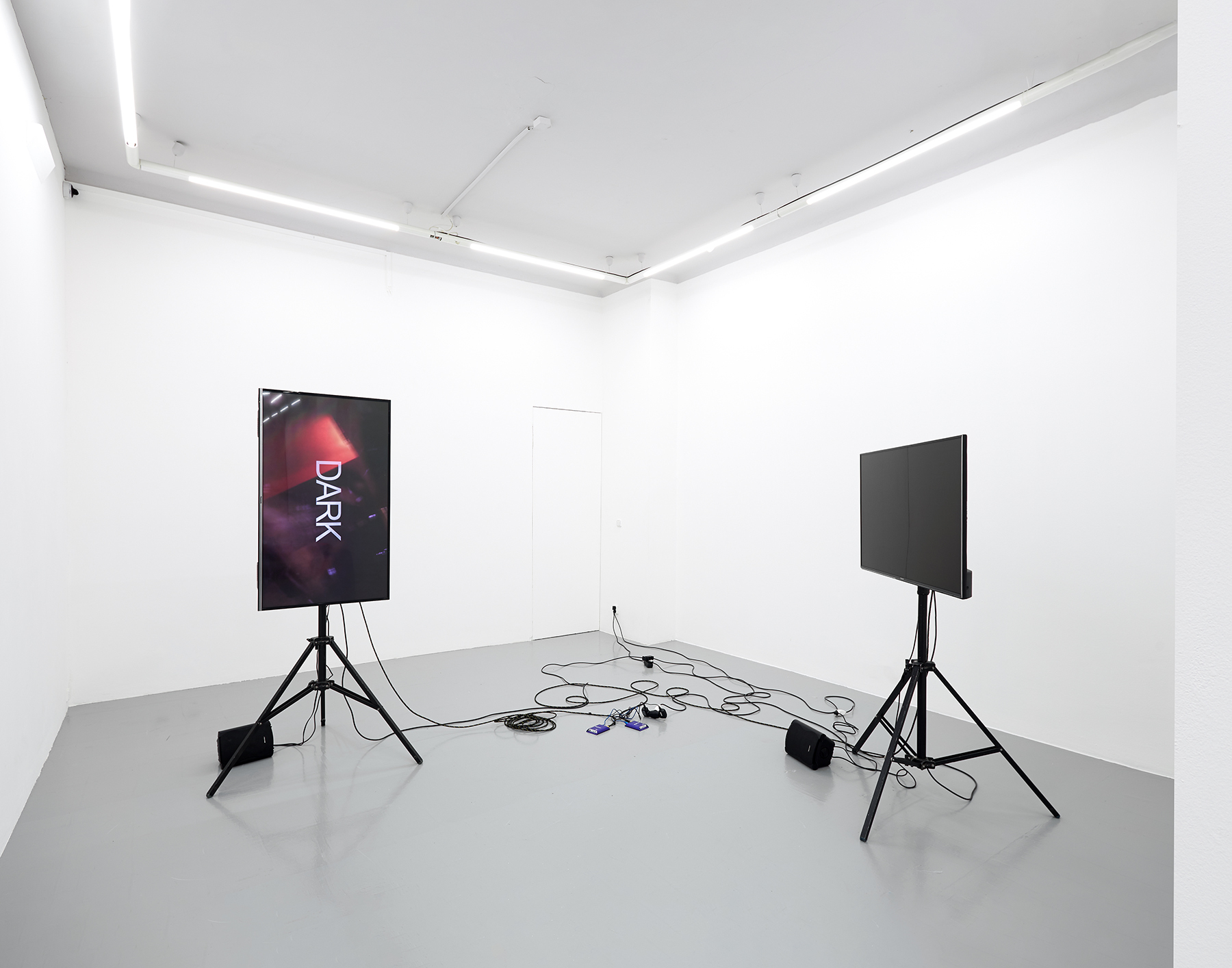

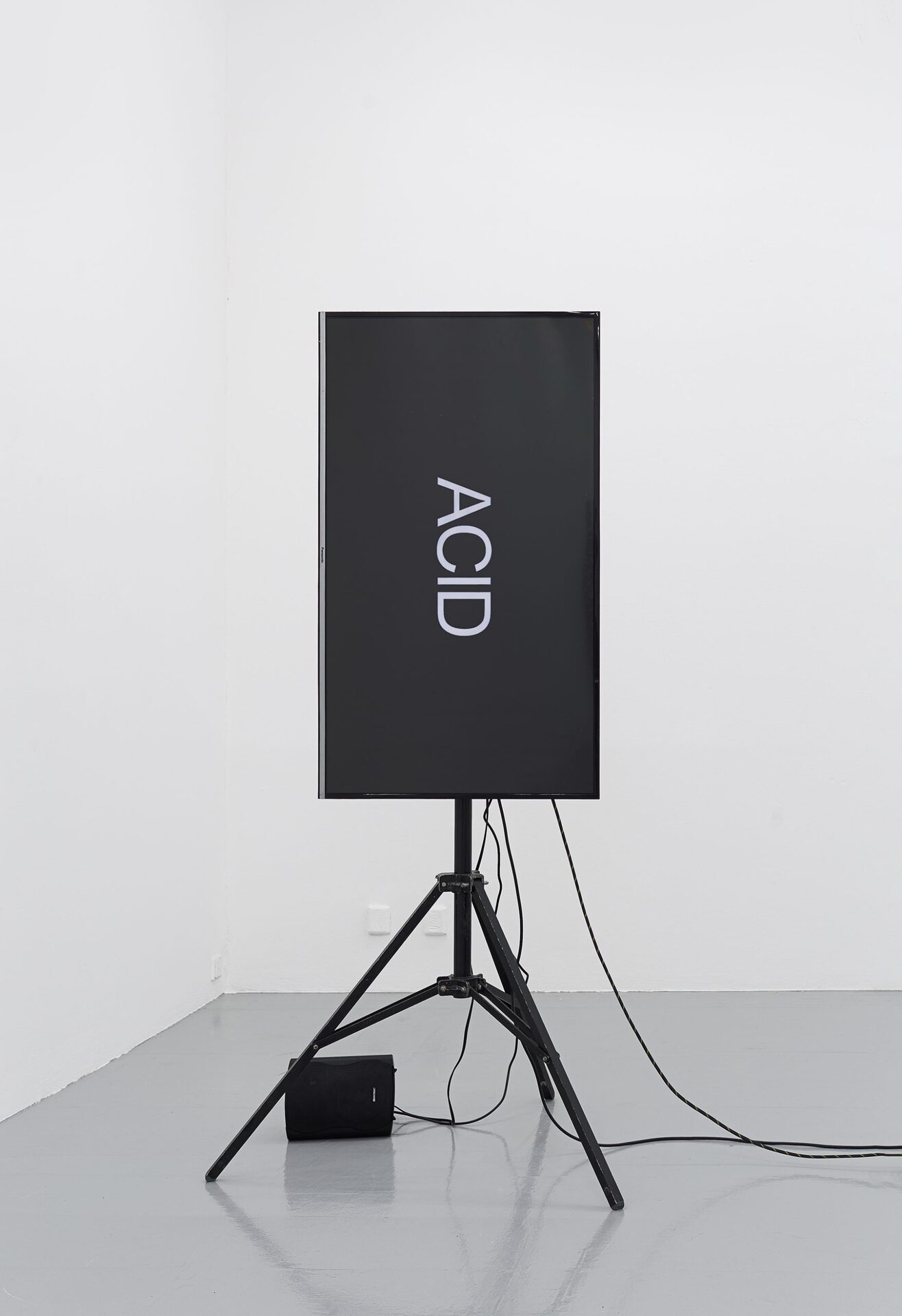




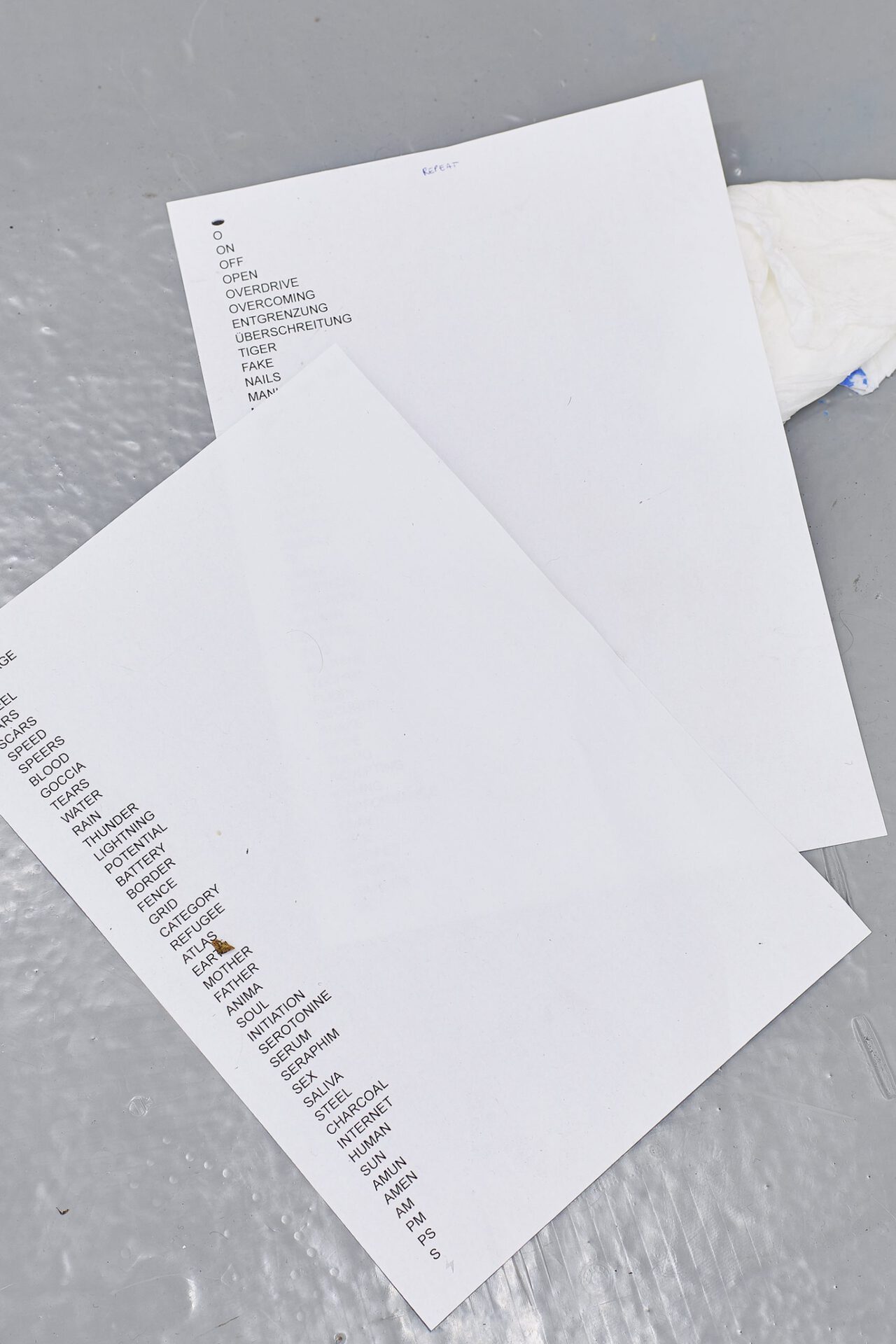
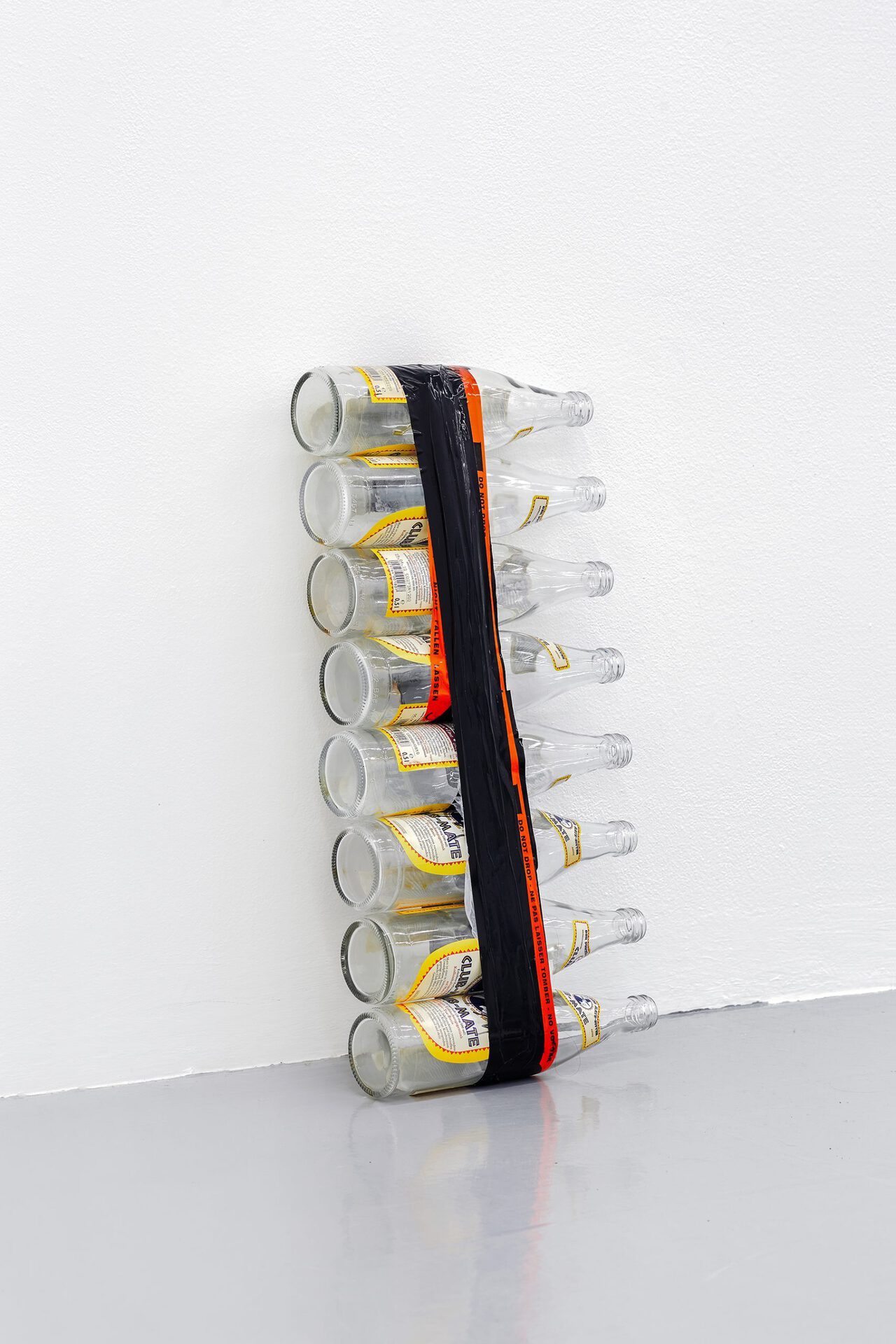

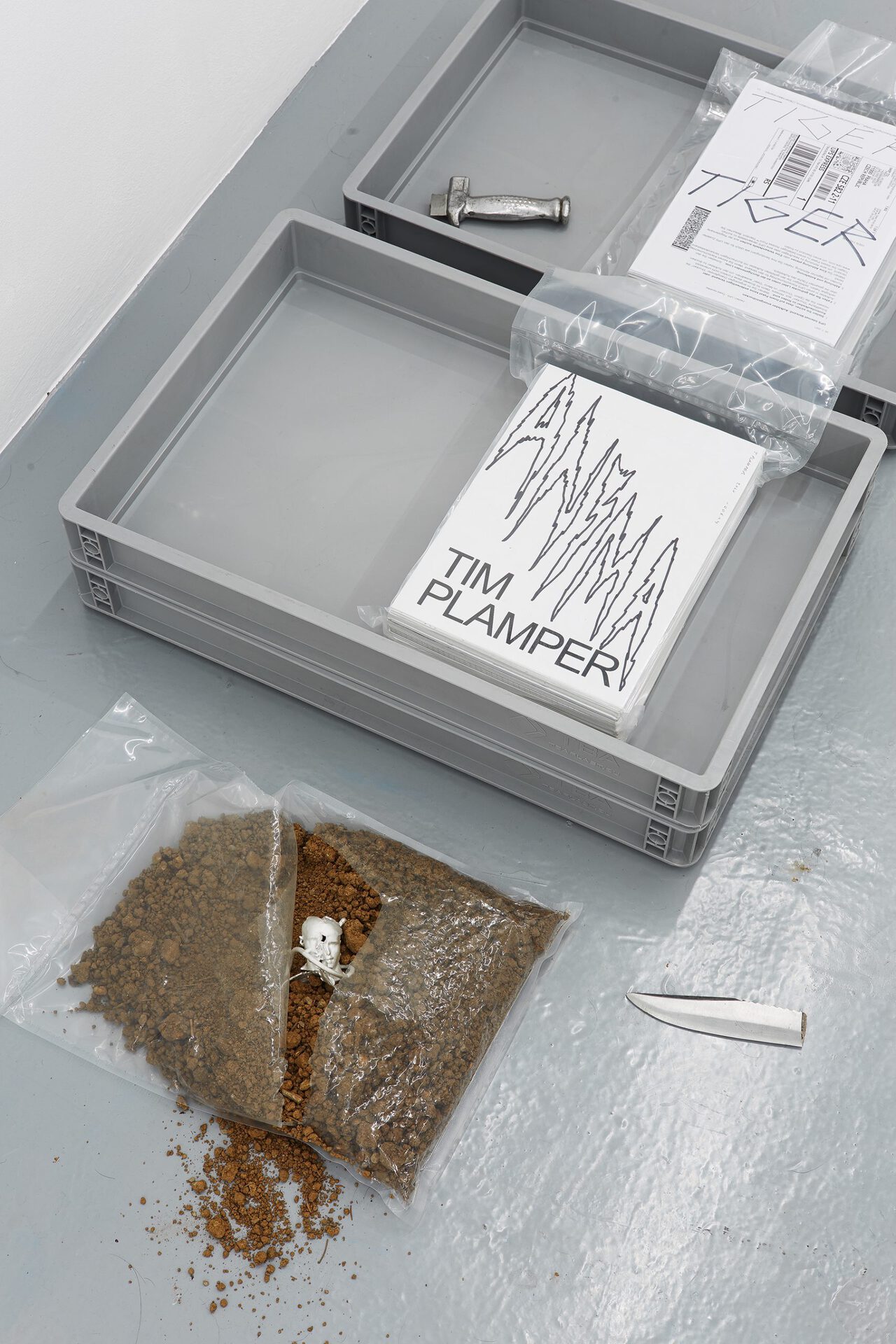
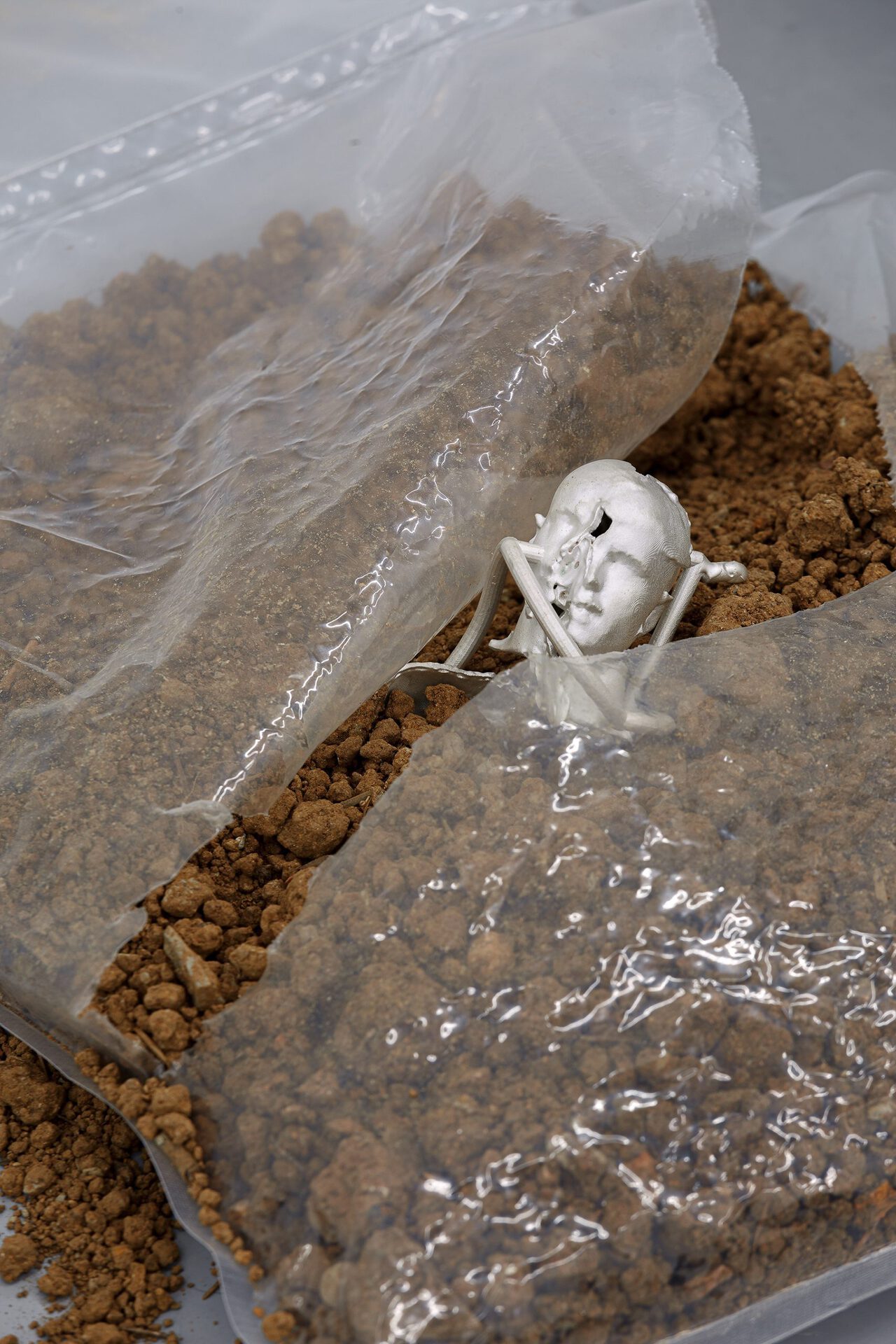






Location
Galerie NODDate
27.07 –19.08.2021Curator
Pavel KubesaPhotography
Michal UrešText
The Beloved Dies
Nothing there to figure out. To configure. No secret love shed in the pleasure garden. That feeling of security. An affective distance. A blank space. A human animal body, abstracted from its inner world. Cold, distanced, alienated.
In The Temporary Autonomous Zone, Hakim Bey reminds us to never mind what is impossible. “What else can we hope to attain but the ‘impossible’? Should we wait for someone else to reveal our true desires?”
Tell that to the Tiger.
The aesthetics of Tim Plamper’s Exit II (The Beloved Dies) takes an uncanny shot at sexual attraction. Despite its romantic, cinematic aesthetic – the displayed bodies bath in states of twilight and in natural environments – the second film of his cycle Exit II explores the impossibility to grasp intimacy, the human figure, its externalized intersubjective and embodied condition. The Beloved Dies projects, without showing, a feeling that is only felt when warm flesh touches flesh, placing soft skin on skin.
Naked bodies take center stage in wild nature scenes. They are neither entangled with each other, nor with nature. They perform within it, and are yet separate entities. Organic unison is suspended, remains unrealized. The beloved dies afloat, in a third, imaginative space, framed by bodily poetics.
Loss is not a lonely affair, but a process of re-growing. Intimate sensations do not exist. They cannot be sustained, so they cannot die either. Loss and distance, like craving and longing, are both un/desirable. Eros amalgamates thinking and desire, and generates, Byung-Chul Han suggests, “an atopic Other”. An object of desire that was once attractive, perhaps was even unbearably hot, has also always been beyond reach, opaque, existed outside of representable forms.
Comparison kills lovers. The idea of a beloved one is always dying, prone to entropy, to that very loss of attachment and dependency. The process of dying transforms it into a processual kind of love. A feeling of being loved, devoted to something else, is not of literal qualities. But it is also not necessarily expressed as sexual desire.
The beloved remains, invisible, it stays alive, inside. It can transverse boarders. A surrealist desire for liberation, driven by the desire to extend one’s own habitat, to become one with an other, through touch. The love for someone is not comparable with self-love. Touching oneself is not equal to touching someone. If I touch a person, I feel my body, moving, out of itself. At this edge, the body becomes one, with something else. Intimacy is an instant that is not haunted by loss, but by its embodiment. The body as vessel, as a creative source for future visions.
In Plamper’s film, Exit II (The Beloved Dies), sexualized bodies are not touching. Their transcorporeal substance materializes also as a transsexual relation. The performers observe themselves, while they are acting. The animal-like humans are not genderless characters, they are specifically sexed figures. They do not totally lose themselves in each other. They resist the temptation, for the sake of self-preservation.
Exit II (The Beloved Dies) offers an abstracted narrative. It is not a passionate love story. Through sensuous pleasures, the film creates meaning at the threshold of subsuming ordinariness. Tim Plamper gestures towards the risk it takes to leap into the vortex of the unknown. Elusiveness included, free fall becomes possible. In sight of death, love can run, smoothly, like liquid, in many different directions.
References
Hakim Bey, T.A.Z. The Temporary Autonomous Zone, ONTOLOGICAL ANARCHY, POETIC TERRORISM, 2nd Edition, Brooklyn: Automedia, 2003.
Byung-Chul Han, The Agony of Eros, Cambridge: MIT Press, 2017.
Lisa Moravec